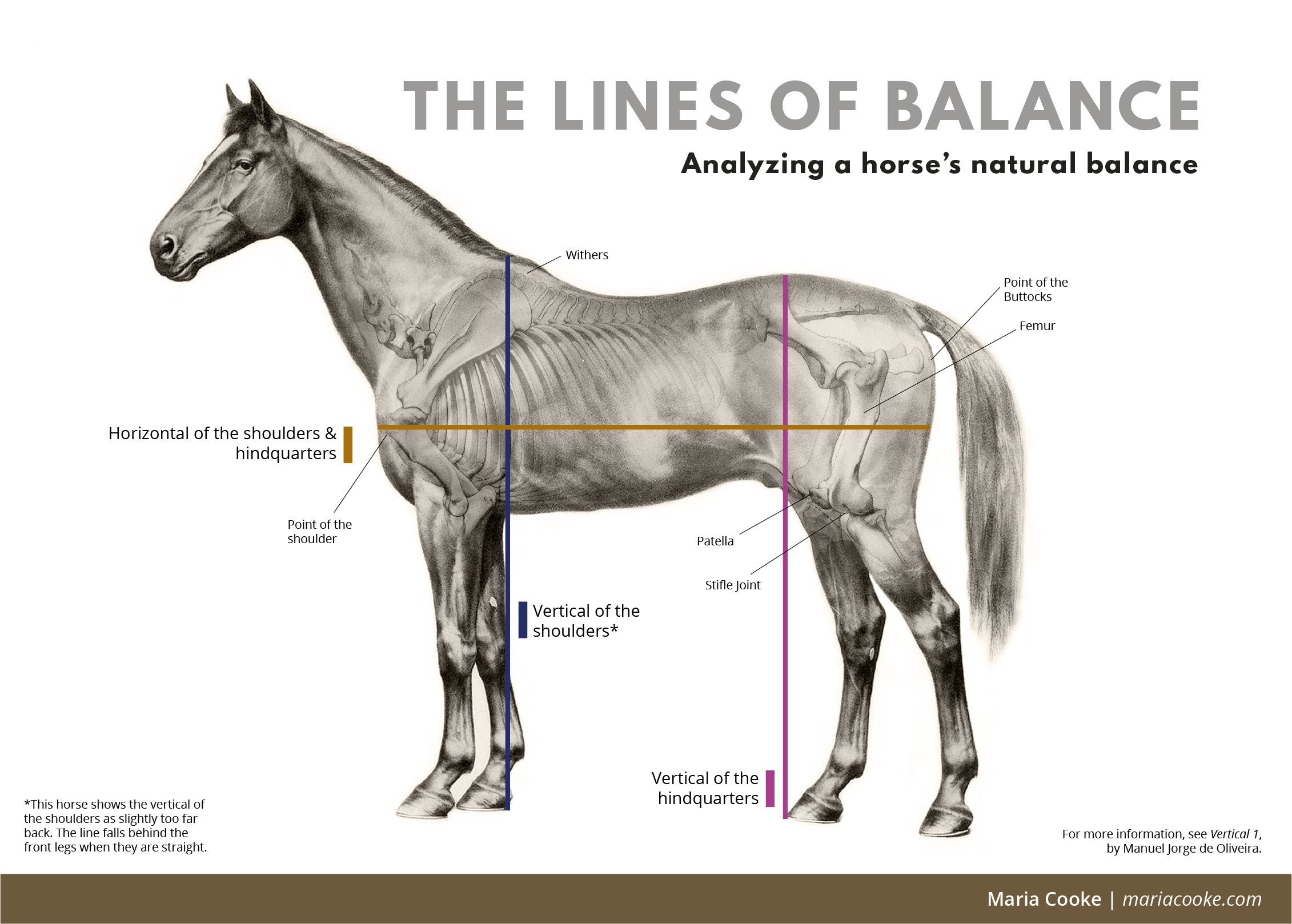Drying a horse after a bath or a workout is an essential part of horse care. Properly drying a horse not only helps to maintain its coat and skin health but also prevents the risk of skin conditions such as rain rot and thrush. In this comprehensive guide, we will explore the best practices and techniques for effectively drying a horse, ensuring their well-being and comfort.
The Importance of Proper Drying

Properly drying a horse is crucial for maintaining its overall health and well-being. Wet or damp conditions on a horse’s skin and coat can create an ideal environment for bacterial and fungal growth, leading to a range of skin issues. Additionally, leaving a horse wet for an extended period can cause discomfort and may compromise their immune system, making them more susceptible to illnesses. Therefore, understanding the importance of thorough drying and implementing appropriate techniques is essential for every horse owner.
Preparation and Safety Measures
Before beginning the drying process, it is essential to ensure the horse’s safety and comfort. Start by securing the horse in a safe and enclosed area, such as a wash stall or a well-ventilated grooming area. Use cross-ties or have an assistant hold the horse to prevent any unexpected movements during the drying process. Additionally, always use caution when working around the horse’s legs and sensitive areas to avoid accidental injuries.
Gather Necessary Equipment
To efficiently dry a horse, gather the necessary equipment, including a sweat scraper, clean towels or absorbent cloths, and a horse-specific hair dryer or large fans. Using a sweat scraper helps remove excess water from the horse’s coat, while towels or cloths can be used to gently pat and absorb remaining moisture. A horse-specific hair dryer or large fans can be beneficial for achieving thorough drying, especially in colder weather or for horses with thicker coats.
Removing Excess Water with a Sweat Scraper
Begin the drying process by using a sweat scraper to remove excess water from the horse’s coat. Start from the neck and work your way down the body, using smooth and firm strokes to push the water off the horse’s skin. Pay special attention to areas where water tends to pool, such as the chest, belly, and hindquarters. Repeat the process until minimal water remains on the horse’s coat, allowing for faster and more efficient drying.
Gently Patting with Towels
After using the sweat scraper, gently pat the horse’s coat with clean towels or absorbent cloths to further remove moisture. Avoid rubbing vigorously, as this can cause friction and potentially irritate the horse’s skin. Instead, use a dabbing motion to soak up the remaining water, focusing on areas that may still be damp, such as the legs and underbelly. It is crucial to use clean towels to prevent introducing dirt or debris to the horse’s skin during the drying process.
Utilizing a Horse-Specific Hair Dryer or Fans
In colder weather or for horses with thick coats, a horse-specific hair dryer can be a valuable tool for achieving thorough drying. Set the hair dryer to a low-heat setting and maintain a safe distance from the horse’s skin to prevent overheating or discomfort. Move the hair dryer in smooth, sweeping motions, ensuring even coverage and paying attention to areas with longer hair or thicker coats. Alternatively, large fans can be used to promote air circulation and aid in the drying process, especially in well-ventilated grooming areas.
Inspecting for Dampness
After using the drying techniques, carefully inspect the horse’s coat and skin for any remaining dampness. Run your hands over the horse’s body, feeling for areas that may still be moist or cool to the touch. Pay attention to areas such as the underarms, between the hind legs, and the base of the mane, where moisture can linger. Address any remaining dampness by gently patting with a clean towel or using the hair dryer/fans as needed.
Ensuring Comfort and Warmth
Once the horse is thoroughly dried, ensure their comfort and warmth by providing a clean and dry environment. If the weather is cold, consider using a lightweight horse blanket to help maintain the horse’s body temperature and prevent chilling. Additionally, offering a small amount of hay or feed after the drying process can provide warmth and comfort to the horse, promoting relaxation and a positive post-bath experience.
Maintaining Skin and Coat Health
Properly drying a horse is not only essential for immediate comfort but also contributes to maintaining the horse’s skin and coat health in the long term. By preventing prolonged exposure to moisture, the risk of skin conditions such as rain rot, thrush, and dermatitis can be significantly reduced. Additionally, regular grooming and drying routines contribute to healthy coat growth, improved circulation, and overall well-being for the horse.
Interested in learning more about caring for horses? Check out our articles on how to wash a horse, how to put a horse down, and how to get a horse to drink water for valuable insights into equine care and management!
Conclusion

In conclusion, effective drying of a horse is a fundamental aspect of proper horse care. By understanding the importance of thorough drying and implementing appropriate techniques, horse owners can ensure their horses’ comfort, health, and well-being. From preparing the necessary equipment to gently patting and utilizing drying tools, each step contributes to achieving optimal drying results. By prioritizing the drying process and maintaining a consistent routine, horse owners can promote healthy skin and coat, prevent potential skin issues, and provide a positive post-bath experience for their equine companions.



